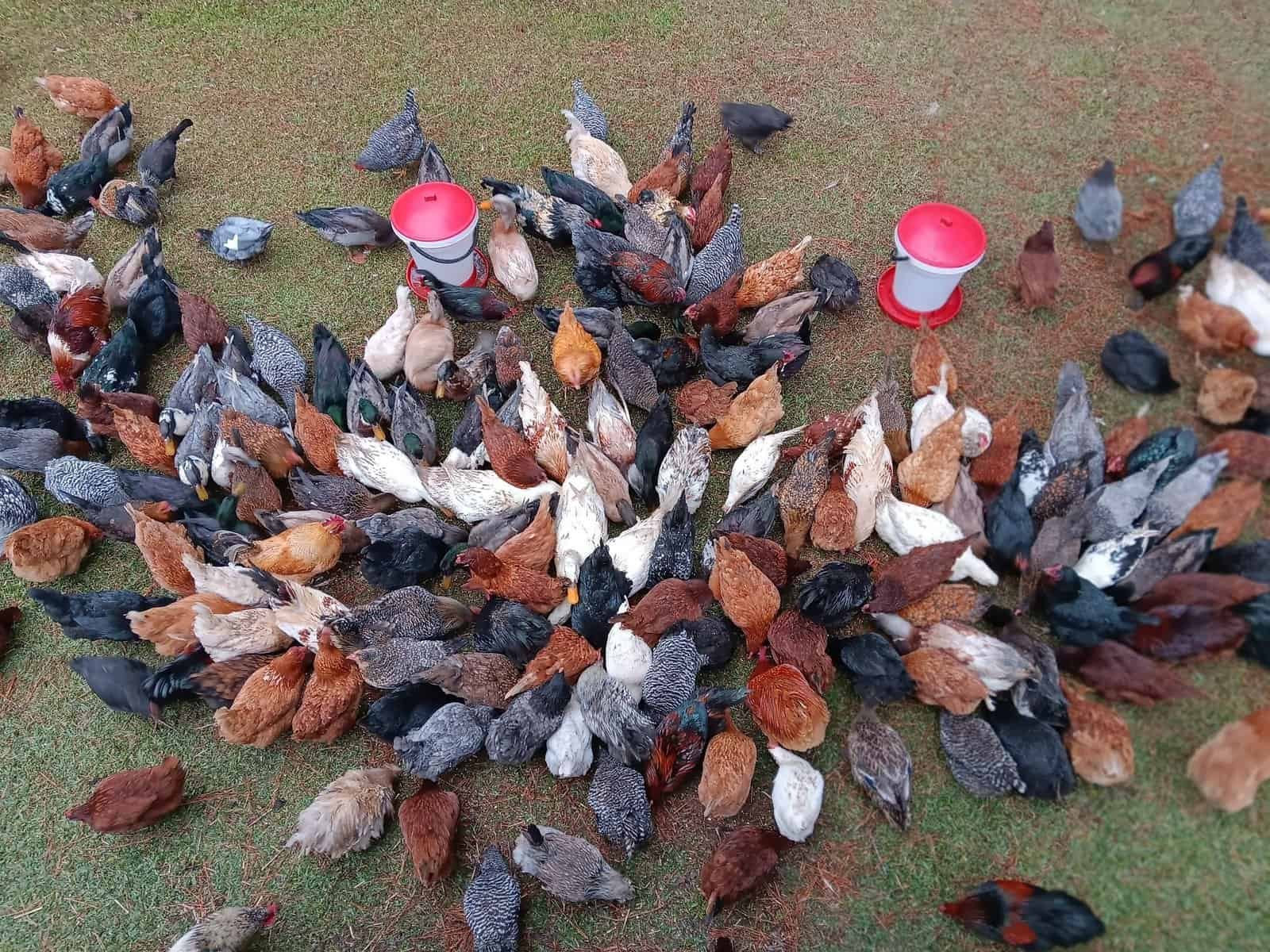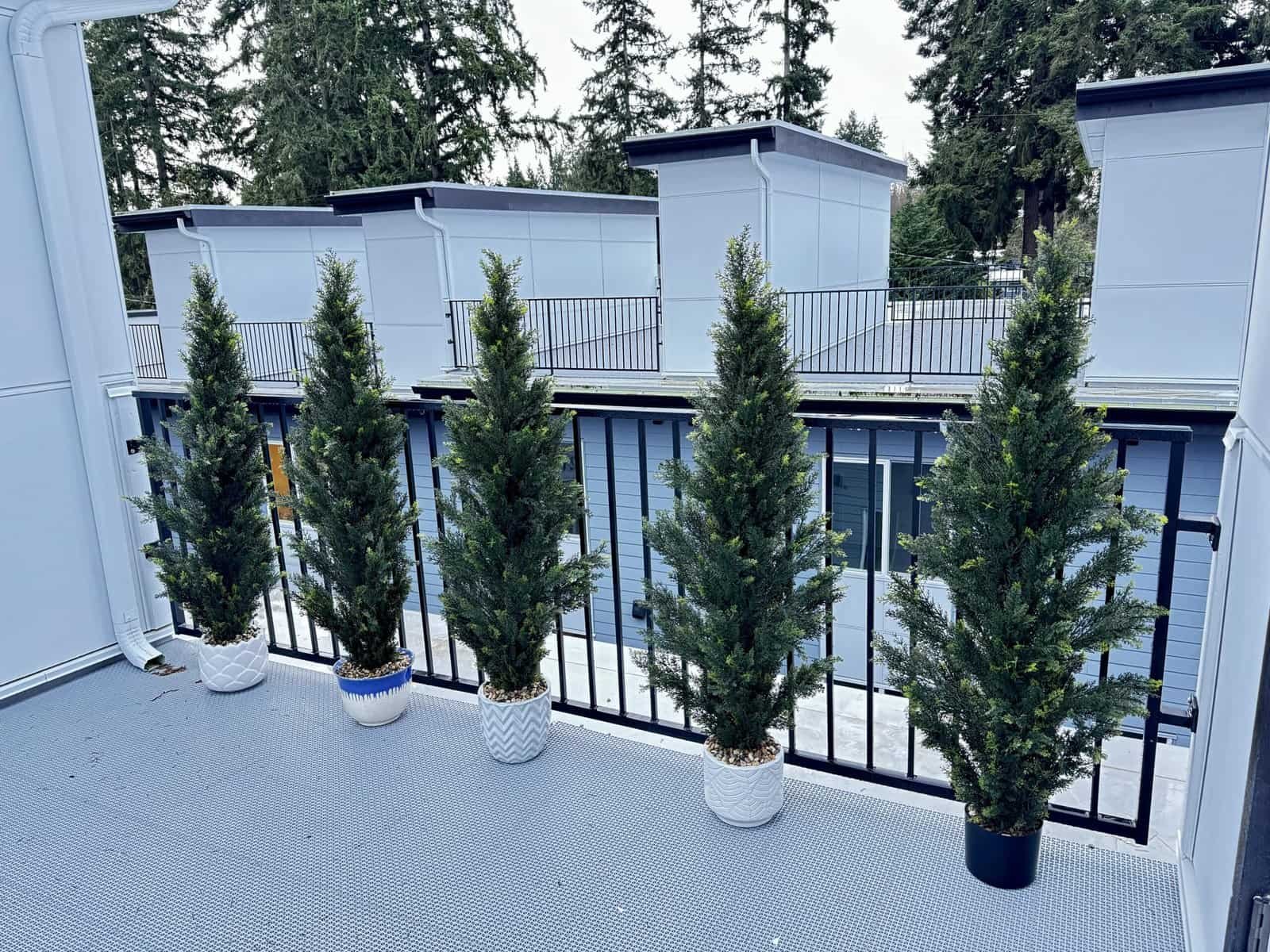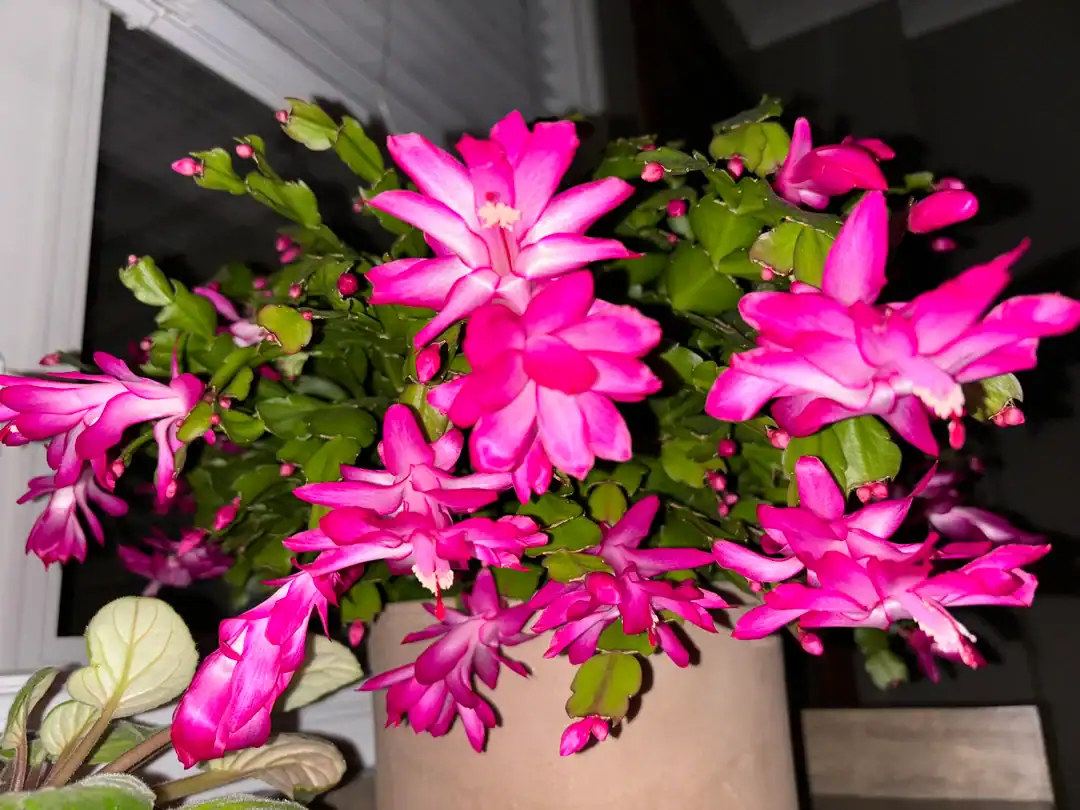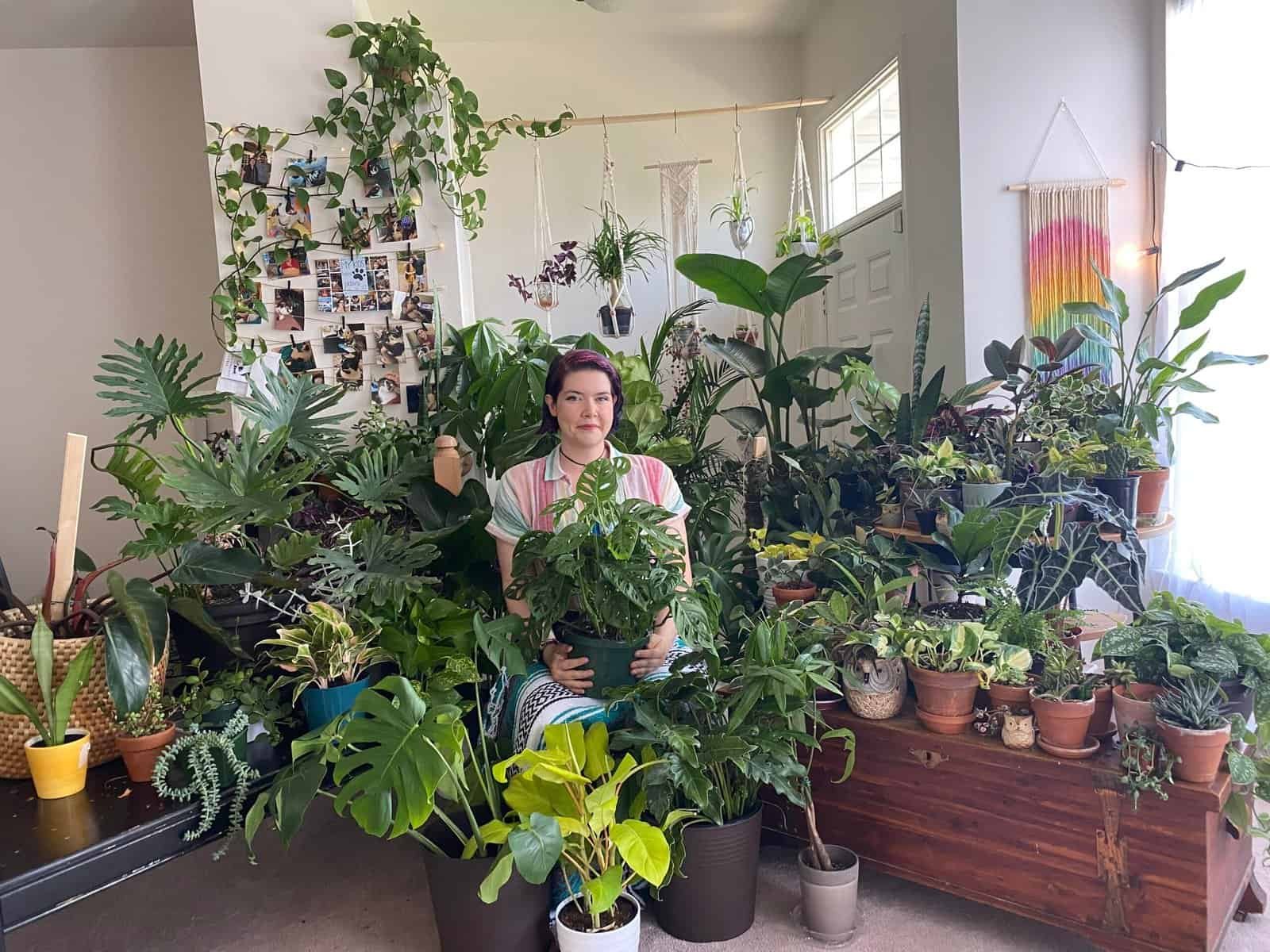Hi
Collecting perennial seeds in August can seem tricky at first. It’s common to wonder when to collect them and whether to sow right away or wait.
After doing some research and testing, I’ve discovered that timing makes all the difference for healthy plants like columbines and Shasta daisies.
This guide has simple tips to help make it easier for you. Keep reading!
Contents
Collecting Perennial Seeds in August
August is perfect for collecting seeds from plants like columbine flowers and other perennial favorites. Watch for dried seed pods or flower blooms ready to be gathered!

Importance of timing for seed collection
Timing affects how seeds grow and survive. Collect them too soon, and they might not germinate. Wait too long, and animals or weather can ruin them. Plants like columbine flowers drop seeds fast after blooming, so acting quickly matters.
Weather also plays a big role. Seeds sown late may face drought or cold before sprouting. I’ve noticed in my garden that sugar peas struggle if planted after dry spells begin. Knowing the right time helps protect heirloom plants for future plantings.

Specific examples of plants ready for seed collection
Foxglove seeds are ready in August. I save the whole seed pod to make it easier. Hollyhocks also need collecting now to avoid skipping blooming years later. Sweet William finishes flowering by July, so I check for caterpillars while gathering its seeds.
Echinacea seeds can be picked at the end of August, and snapdragons give plenty of tiny seeds if I take their entire seed heads. About one-third of Honesty pods should be harvested this month too.
Pansy seeds turn dark and shiny when ready, while sage’s medium-sized seeds come off well using a colander.
Techniques for Seed Collection
Check if the seeds are dry and ready to harvest. Use simple tools like scissors or a small bag to make it easy.

Testing for seed readiness
Dry, firm seeds that fall off easily show they are ready. Brown pods, brittle stems, or bursting seed capsules also mean it is time. I check if seeds are plump and dark. Shasta daisy seeds come loose with a thumb swipe.
I use the “cut test” to see ripeness. Ripe ones stay plump and white inside. Immature seeds look clear while bad ones turn black or dusty. Timing matters because most wildflowers take 2–5 weeks after blooming to ripen their seed pods fully!
Using the right tools for efficient collection
I use a tub with a wide rim to catch seeds quickly. It works great for tiny seeds that might scatter everywhere. A colander helps me separate sage seeds from the chaff, making the process smooth.
Clean tools and surfaces stop seedling diseases later. I also rely on sturdy envelopes or containers to store and label my collected seeds. Supporting tools like these make handling different seedpod types, like berries or capsules, much easier!
Seed Collection Process
Each plant has its own way of sharing seeds – it’s like nature’s little surprise! Some need gentle hands, while others are ready to burst on their own.

I hope I will be able to give a lot of it away to people in my town.
Methods for different plants (e.g. dried pods, cutting off seed pods)
I cut seed pods carefully to get good seeds. For Coreopsis, I snip off pods that aren’t fully open. Foxglove works best by saving the whole pod. Snapdragons need me to take entire seed heads since their seeds are so tiny.
Dry-fruited crops like beans and lettuce need time to dry fully on the plant first. Gaillardia requires gloves because its dried pods can be prickly. Each method protects the plant while giving strong seeds for future sowing!
Considerations for collecting seeds from multiple plants in one tub
Using a wide-rimmed tub makes catching seeds easier. It saves time during collection and works well for open pollinated plants like carrots or green peas. But mixing seeds can cause problems, especially if they need different care later.
I label each species while collecting to avoid confusion. Sorting mixed seeds takes extra effort but helps keep heirloom variety purity intact. Some hybrids may not germinate, so tracking the source plants is key.
Keeping things organized prevents mistakes with sterile hybrids or look-alike seed pods!
Deciding Whether to Sow Immediately or Later
Think about your garden’s needs and the type of seeds you have. Some seeds thrive when sown right away, while others do better with a bit of patience.

Factors to consider for immediate sowing
Some seeds need quick sowing to stay fresh. Hellebore seeds lose their germination power fast. I always plant these right after collecting them. Moist soil is also crucial for germination, especially in hot August weather.
Covering the seed bed with vermiculite helps keep it damp.
Autumn sowing often gives better results than waiting until spring. Flowers bloom earlier and look healthier too. Make sure to plant at twice the depth of the seed’s width for proper growth.
Clean tools prevent disease during planting, so I sanitize mine before starting.
Factors to consider for later sowing
Delay sowing if the seeds need specific storage conditions. Some, like certain cut-flower varieties, germinate better after cold treatments. Store these in cool and dry containers with clear labels to track types.
Healthy parent plants are crucial for viable seeds. Immature ones may not sprout well if stored too soon. Wait for optimal environmental conditions before planting cover crops or other perennials indoors or outside.
Local Conditions vs. Hardiness Zones
Your garden’s weather matters more than hardiness zones. Pay attention to local soil, rain, and frost patterns!

To be garden – cholic is not easy; to reduce expenses I collect every seed to be planted next year.
Emphasizing the importance of local conditions for seed collection and sowing
Local soil and weather decide how seeds grow. Plants adapted to your area handle heat, rain, and cold better. Picking seeds from local plants boosts germination and helps ecosystems.
Climate change affects gardens everywhere. Local seeds adjust easier to changes like hotter summers or sudden frost. Using non-native species might harm the balance of your garden’s habitat.
Conclusion
Take a chance, plant some seeds, and explore more ways to grow your garden!
I check my garden’s soil and weather before deciding to sow seeds. Some plants, like California poppies, thrive in certain climates or reseed themselves without help.
Learning about each plant helps me care for them better. Nurseries often share tips specific to local conditions, which makes planting easier and more successful!
FAQs
1. When should I collect perennial seeds?
You can collect perennial seeds in August when the seed pods are dry and ready to harvest.
2. How do I know if the seeds are ready for planting?
Check if the seed pods have dried out completely. If they open easily, the seeds are mature and ready to germinate or store.
3. Should I sow perennial seeds right after collecting them?
Some gardeners sow them right away for quicker germination, but others prefer storing them to plant later during ideal conditions.
4. What is the best way to store collected seeds?
Keep your seeds in a cool, dry place inside sealed containers. This helps preserve their ability to germinate when you’re ready to plant them!





